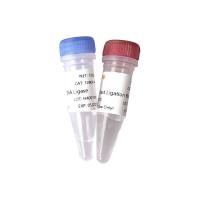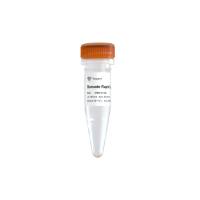Detection of ras Gene Mutations Using Oligonucleotide Ligation Technology
互联网
729
The human ras genes (H-, K-, and N-rus ) are members of a superfamily of low-mol-wt GTP-binding proteins that function as G proteins in signal transduction pathways controlling cell proliferation and differentiation (1 ,2 ). Ras genes acquire oncogenic potential primarily as a result of point, missense mutations in codons 12, 13, or 61, producing single amino-acid substitutions that alter the ability of the protein to bind or hydrolyze GTP. The net consequence of somatic ras missense mutations is to lock the protein in a GTP-bound, active conformation, thus perturbing cellular physiology and contributing to tumorigenesis. Different tumor types show specificity of ras oncogene activation. For example, activated H-ras occurs most often in bladder cancers (3 ,4 ); K-ras mutations are found predominantly in pancreatic (90% cases), colon (40–50% cases) and lung carcinomas (5 –7 ), and N-ras mutations are most often associated with hematopoietic malignancies, particularly myeloid leukemias (8 ,9 ).









